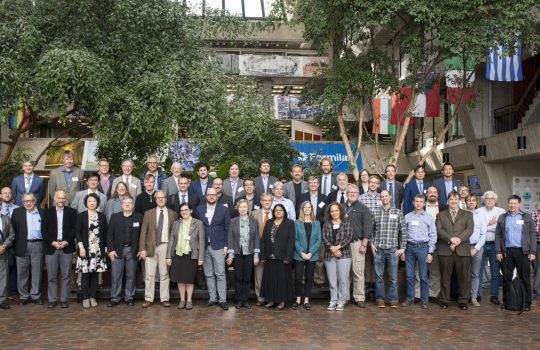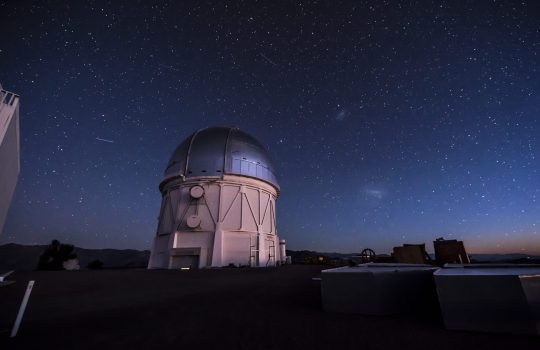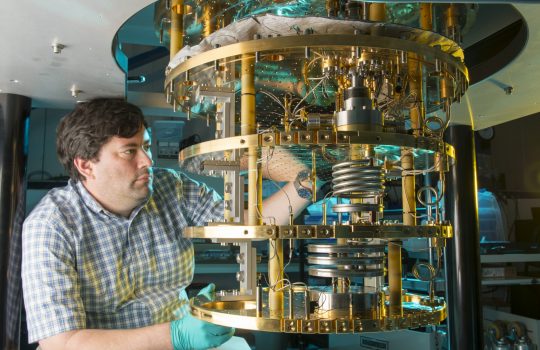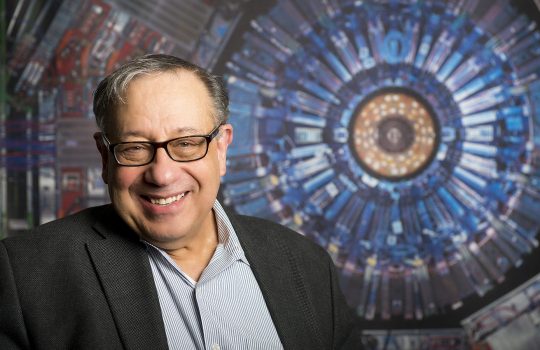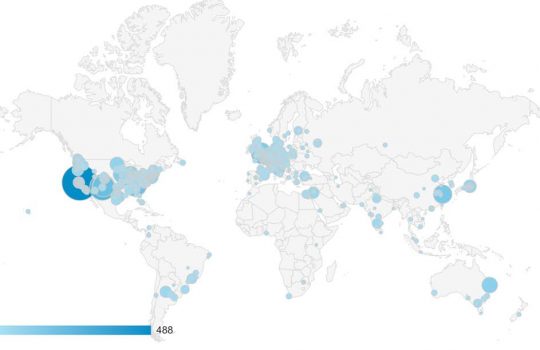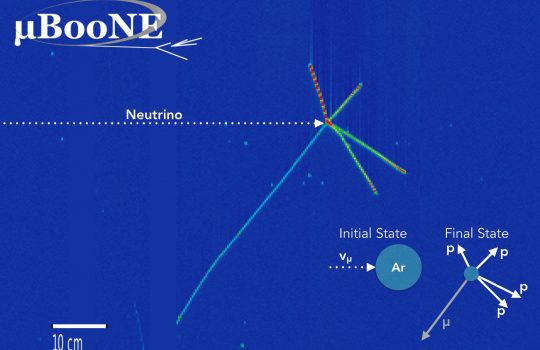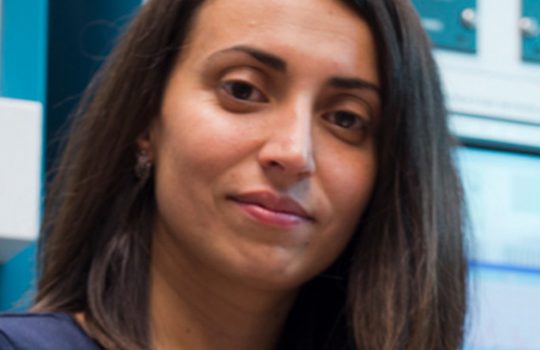UK invests £65 million in international science projects hosted by Fermilab
- Deep Underground Neutrino Experiment
- DUNE
- dune-international
- international engagement
- LBNF
- Long-Baseline Neutrino Facility
- neutrino
- PIP-II
- Proton Pagoda
Representatives from UK Research and Innovation and the U.S. Department of Energy signed an agreement that outlines £65 million worth of contributions that UK research institutions and scientists will make to the international Deep Underground Neutrino Experiment and related projects hosted by Fermilab.


